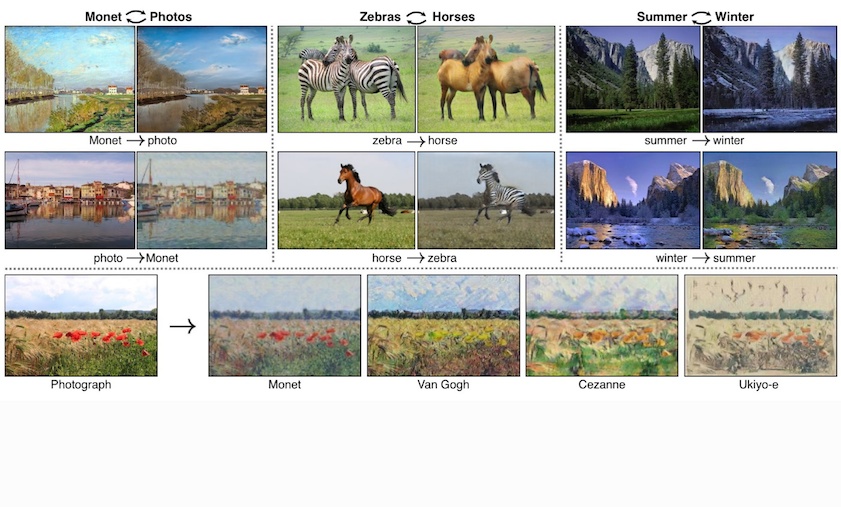 EMERGING TECH
EMERGING TECH
 EMERGING TECH
EMERGING TECH
 EMERGING TECH
EMERGING TECH
A new version of the machine learning technology that Facebook Inc. uses to do some 6 billion language translations a day will soon be available more widely.
The social network giant, and engineering powerhouse, today introduced PyTorch 1.0, which is the newest version of its open-source artificial intelligence software framework. The introduction, the technical centerpiece of a series of announcements about Facebook’s advances in AI, came today during its two-day F8 developers conference in San Jose, California, which wraps up today.
PyTorch, launched a little over a year ago, was created largely by Facebook’s AI research group as a machine learning library of functions for the programming language Python. In particular, it’s popular for deep learning, the branch of machine learning that attempts to emulate some functions of the brain. It has led to major breakthroughs in photo matching, language translation and voice recognition in recent years.
Used not only at Facebook but also Twitter Inc., Salesforce.com Inc., Carnegie Mellon University and others, PyTorch helps developers speed development of tasks such as natural language and image processing. Besides the 6 billion daily translations at Facebook, PyTorch has enabled more avatars for its Oculus virtual-reality unit that move more realistically. UC Berkeley computer scientists, for another example, used PyTorch’s capabilities to do image-to-image transformation work (pictured).
Facebook is positioning PyTorch 1.0 as a major step forward, even though it will still be in beta test mode when it becomes available in a few months. The goal with the new version was to get from research to production faster. It often takes multiple steps and tools to get AI applications created, test and put into production.
To speed that up, PyTorch 1.0 combines what Facebook terms the “modular, production-oriented capabilities” of related framework Caffe2 and the deep-learning model standard Open Neural Network Exchange or ONNX, developed along with Microsoft Corp. and Amazon.com Inc. last year, with PyTorch’s existing “flexible, research-oriented design” to smooth the way to actual production applications. It allows developers to experiment faster and also to make applications work faster at production scale.
There’s a lot more technical detail in the blog post up today.
PyTorch goes up against the open-source TensorFlow framework developed by Google Inc., MXNet championed by Amazon Web Services Inc., the CNTK framework developed by Microsoft Research and others. Each, however, has its advantages, so often developers will use more than one depending on the application, meaning it’s not entirely a zero-sum game. Indeed, Facebook said Microsoft and Amazon have committed to support PyTorch.
But PyTorch already is widely used, with Facebook citing more than 1.1 million downloads and a status as the second most-cited deep learning framework on scientific paper repository arxiv over the last month. “We’ve seen massive organic adoption of PyTorch,” Facebook Chief Technology Officer Mike Schroepfer said Wednesday at his F8 keynote.
Facebook said it’s making PyTorch 1.0 available to advance innovation in machine learning and AI. However, there is a self-serving reason for the support, just as there is for Google and TensorFlow: The more programmers who use it, especially at universities and early in their careers, the more talent will be prepared to work at Facebook potentially — and AI and machine learning talent is in very short supply.
Support our mission to keep content open and free by engaging with theCUBE community. Join theCUBE’s Alumni Trust Network, where technology leaders connect, share intelligence and create opportunities.
Founded by tech visionaries John Furrier and Dave Vellante, SiliconANGLE Media has built a dynamic ecosystem of industry-leading digital media brands that reach 15+ million elite tech professionals. Our new proprietary theCUBE AI Video Cloud is breaking ground in audience interaction, leveraging theCUBEai.com neural network to help technology companies make data-driven decisions and stay at the forefront of industry conversations.